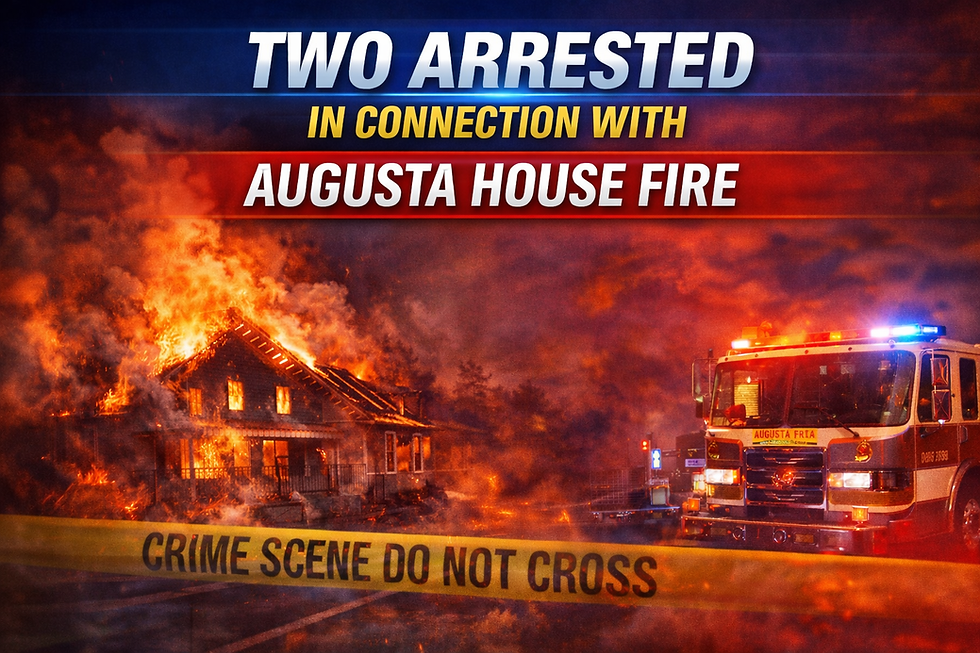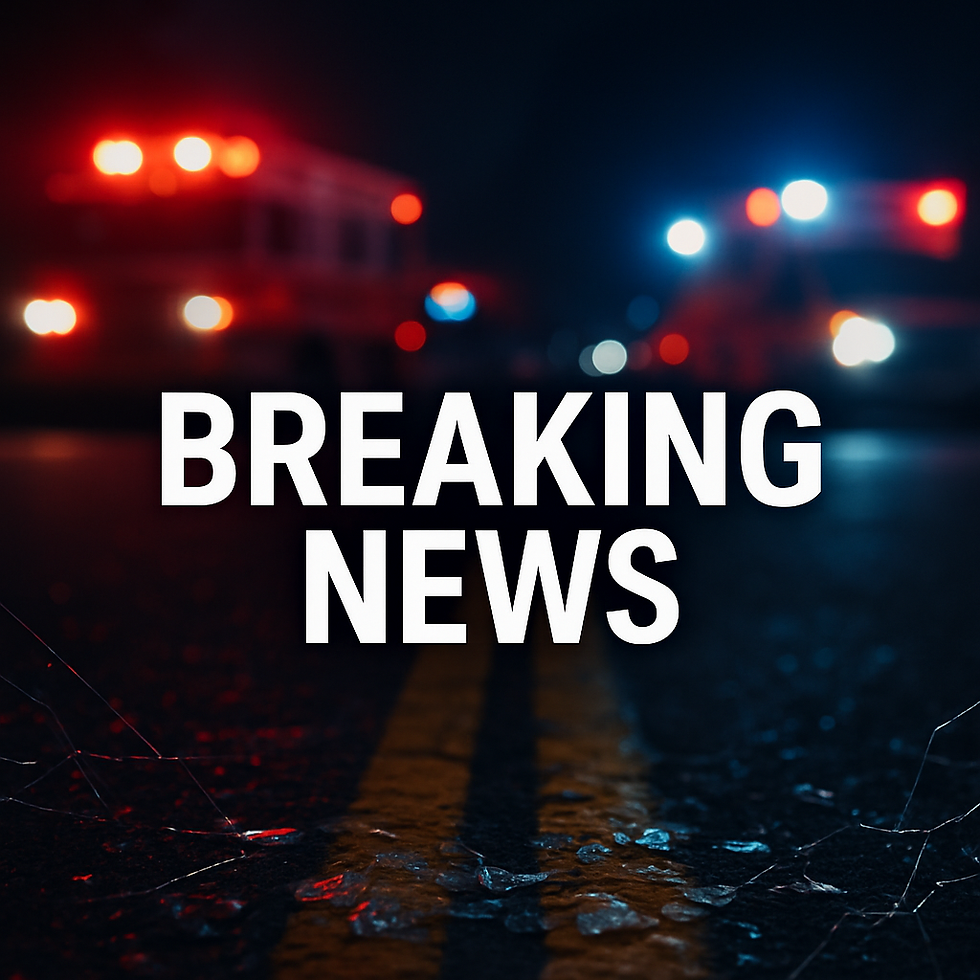Home Heating & Carbon Monoxide Safety: Practical Steps to Prevent Fires and CO Emergencies
- Scanner Alerts Media

- Oct 15
- 2 min read

October 15, 2025 — by Scanner Alerts Media
With colder weather arriving, now is the time to confirm that heating equipment and life-safety devices are ready. The guidance below focuses on proven, fact-based steps that reduce the risk of home heating fires and carbon monoxide (CO) incidents.
Heating equipment: use and maintenance
Keep a 3-foot clearance around any heat source. Maintain space between heaters, furnaces, wood stoves, and anything that can burn (furniture, curtains, bedding, boxes).
Annual inspection/cleaning. Have chimneys, flues, and furnaces inspected and cleaned each year by qualified professionals.
Fireplaces and wood stoves. Use a metal or glass screen to stop embers. Extinguish fires before leaving or going to sleep. Place cooled ashes in a lidded metal container stored outside, at least 10 feet from structures.
Portable space heaters. Place on a flat, stable surface where they won’t be knocked over. Turn them off when you leave the room or go to sleep. Choose models from recognized testing laboratories and follow the manufacturer’s instructions.
Smoke alarms: placement and testing
Install smoke alarms inside each bedroom, outside each sleeping area, and on every level of the home (including basements).
To reduce nuisance alarms, keep smoke alarms at least 10 feet from cooking appliances if feasible.
Test monthly and replace units per manufacturer guidance. Interconnected alarms are recommended so that when one sounds, all sound.
Carbon monoxide (CO): prevention and detection
Install CO alarms on every level of your home and outside sleeping areas. Interconnected alarms are preferred.
Know the symptoms. Headache, dizziness, weakness, nausea/vomiting, chest pain, and confusion are common CO-exposure signs. People who are sleeping or impaired may not notice symptoms—CO can be fatal.
If a CO alarm sounds: move everyone to fresh air immediately (outdoors or by an open window/door), call 911, and remain outside until responders say it’s safe.
Generators and fuel-burning appliances
Never operate generators, charcoal grills, or gasoline-powered tools inside a home, basement, shed, or garage (even with doors/windows open).
Run portable generators outdoors only, at least 20 feet from buildings, with the exhaust directed away from doors, windows, and vents.
Do not use a gas oven or stovetop to heat your home.
Preparedness and safe behaviors
Create and practice a home escape plan so everyone knows two ways out and a meeting place outside.
Label and maintain home addresses/driveways for responder access, and keep access paths clear of snow and ice.
Review heating appliance manuals annually and store fuel per manufacturer instructions and local codes.
These steps—clearances, inspections, proper alarm placement, correct generator use, and prompt action when an alarm sounds—address the most common causes of home heating fires and CO emergencies and are based on established national guidance.
Credit: National Fire Protection Association (heating and smoke alarm guidance); U.S. Fire Administration/FEMA (heating safety, ash disposal, and homeowner checklists); Centers for Disease Control and Prevention (CO symptoms and response); U.S. Consumer Product Safety Commission (generator and CO safety); U.S. Environmental Protection Agency (CO alarm placement); International Association of Fire Chiefs (what to do when a CO alarm sounds).



Comments